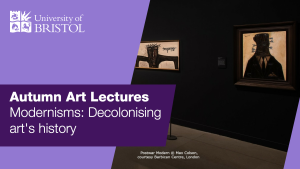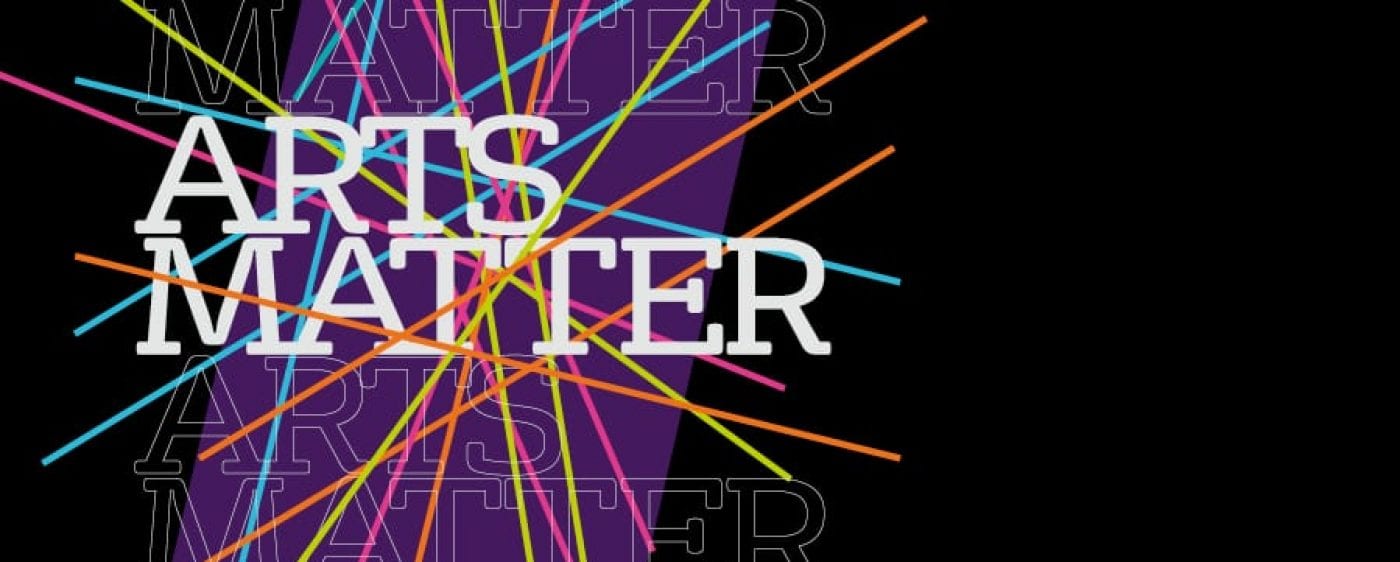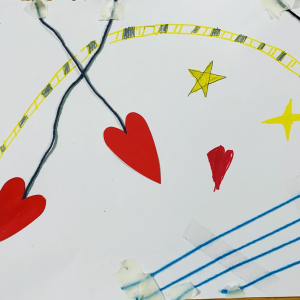The Autumn Art Lectures are back in person!
This year marks the 117th anniversary of the Autumn Art Lecture Series. Conceived as a platform for Art and Art History in what was then University College Bristol, the series has remained a highlight in Bristol’s cultural calendar. Over the course of its lifetime, the series has explored themes ranging from the monstruous to the celestial, and hosted such luminaries as Kenneth Clarke, EH Gombrich, Toshio Watanabe, Laura Mulvey and David Olusoga. More recently, a commitment to making space for artists to discuss their own practice has added Paul Gough, Richard Long and 2022 Turner Prize shortlisted-artist Ingrid Pollard to the series’ list of prestigious alumni.
Last year we celebrated the return of the series after a pandemic-related hiatus – the second of only two interruptions in the series’ history, following a short break after the outbreak of the Second World War – with an online event. This year, we are delighted to welcome visitors back on campus to consider the possibilities and implications opened up by recasting ‘Modernisms’. What happens when we challenge the concept of Modernism as a monolithic entity? Is there just one Modern or many? What does it mean to think of Modernism on the global stage? Is there such a thing as an ‘alternative’ Modernism or is Modernism itself already inherently hybrid?
 Our theme this year coincides with Bristol’s Festival of Ideas 2022, titled Modernism 1922, which looks to the legacies of that remarkable year – from the publication of James Joyce’s Ulysses and T S Elliot’s The Waste Land to the famous Bauhaus exhibition in Calcutta (now Kolkata). A tribute to Kevin Jackson’s book, Constellation of Genius: 1922: Modernism and All That Jazz, the Festival explores 1922 via film screenings, discussions and new commissions.
Our theme this year coincides with Bristol’s Festival of Ideas 2022, titled Modernism 1922, which looks to the legacies of that remarkable year – from the publication of James Joyce’s Ulysses and T S Elliot’s The Waste Land to the famous Bauhaus exhibition in Calcutta (now Kolkata). A tribute to Kevin Jackson’s book, Constellation of Genius: 1922: Modernism and All That Jazz, the Festival explores 1922 via film screenings, discussions and new commissions.
In keeping with its spirit – but broadening its ambit – the Autumn Art Lectures will topple the notion of a Euro-American Modernism, which leaves the non-Western world out in the cold. The series will challenge the concept of Modernism as a monolithic entity – it will stress and stretch its polyvalent nature, debating its relationship to nation, diaspora, inclusivity, and race. As many institutions – from galleries and museums to universities – attempt to engage meaningfully with global visual culture, this investigation is vital and timely. Our inter-disciplinary speakers include academics, curators, artists and pedagogues who have grappled with the idea of the Modern, paying particular attention to Blackness, Asian-ness and decolonisation; to anti-colonial struggles and lasting institutional prejudices; to dismantling the hierarchies of Englishness in favour of a more inclusive ‘Britishness’; to revealing the Islamic and Afro-Asian traditions nestled at the core of the so-called ‘Western’ canon. With speakers from (or addressing) the African diaspora, the Islamic world, South Asia, Latin America, the UK and the US, the series aims to expose the polyphonies and diversities that sit at the heart of Modernism.
This event series is open to all, and we look forward to welcoming you to the University of Bristol for these engaging talks.
Events in the series:
- ‘Jazz Modernism: Music and Abstraction‘ with Professor Simon Shaw-Miller – 27 October
- ‘Cannibal Angels and Cannibal Modernism‘ with Kenneth David Jackon – 3 November
- ‘Islam and Modernism: A talk and book launch‘ with Rasheed Araeen – 10 November
- ‘British Modernisms‘ with Jane Alison and Hammad Nasar – 17 November
- ‘Materials for Change: Lubaina Himid in Conversation‘ with Lubaina Himid and Michael Wellen – 24 November




